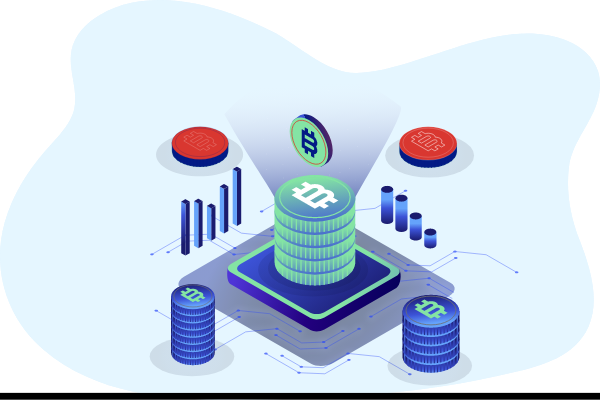Marketplaces for digital treasures are growing in popularity all the time. If you want to compete in the market, you must create your own marketplace. A lot of people use markets to buy and sell goods using a variety of Blockchain-based marketplaces, such as the Ethereum platform.
NFT (non-fungible token) is a public Blockchain technology that serves as a marketplace for NFTs. Developers and entrepreneurs are now creating such a market because of the growing popularity of this platform, which is still in its infancy. Each NFT token is distinct from the rest. In the digital currency industry, there are a number of aspects that give it an advantage over the competition. NFT tokens have a variety of characteristics, such as:
- This type of token cannot be broken down into smaller units, because of its invisibility.
- Each NFT is held by a human being. The process of proving and verifying NFT tokens is a breeze.
- Because NFTs don’t interoperate, they’re all unique in their own way. So, unlike well-known cryptocurrencies like BTC and ETH, they’re more difficult to trade on the open market.
- You may buy and sell tokens on a variety of exchanges. Having improved trading platforms is good for business owners. In terms of capabilities, the sky’s the limit.
- The production of non-fungible tokens for digitized collectibles is made feasible owing to two standards: ERC 1155 and 721.
- NFTs have a high degree of liquidity. As a result, they have a lot of cash on hand. There is a wide spectrum of potential customers.
- Forging, creating, and churning are all examples of sophisticated dynamics associated with non-fungibles that are difficult to replicate. This market’s scope is virtually limitless in terms of what may be done inside it. It’s a strategic place to unleash your inner artist.
- Programmers can designate a limited number of features that can’t be modified once they’ve been implemented.
If you want to learn about NFT Marketplace App Development, check out this blog till the end. Everything you need to know about setting up a marketplace is here.
What Is An NFT Marketplace?
Unlike Amazon or Etsy, NFT markets are only dedicated to selling NFTs. Users can purchase, sell, trade, and show their NFTs on an NFT marketplace. In NFT markets, blockchain technology is used to facilitate transactions.
Ethereum tokens, or Ether, are required to acquire NFTs on most NFT markets, which are based on the Ethereum blockchain and hence require Ether tokens. Although NFT markets employ a number of different blockchain networks, it’s important to know which one you’re dealing with and which coin you’ll need to use.
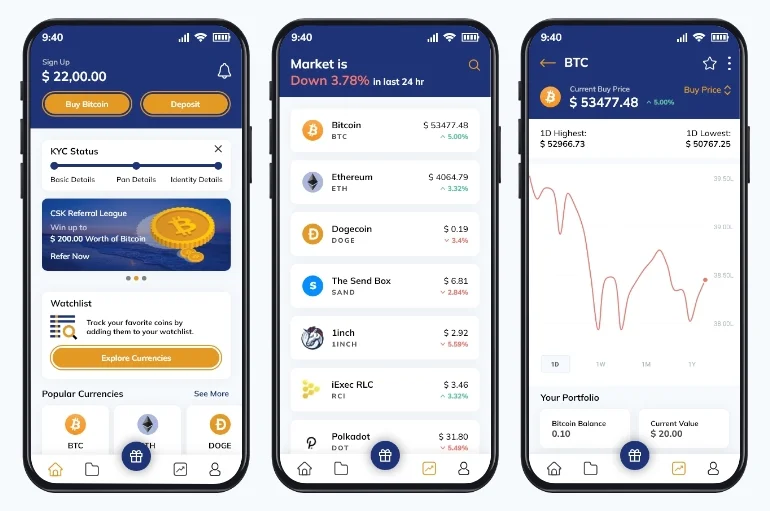
Smart contracts are used to conduct transactions in NFT markets. When a buyer and seller enter into a smart contract, they are not only able to identify each other, but they are also able to ensure that both parties receive what they agreed to purchase. To assist NFT markets to recover their trading fees from the vendor, these smart contracts are also employed.
Whatever you want, NFT markets can cater to it. NFT markets, on the other hand, tend to specialize on one area. NBA Top Shots, for example, is an NFT marketplace that solely offers NFTs of player clips made by the NBA. Markets that focus on a small range of NFTs tend to be more effective than those that don’t.
How Does An NFT Marketplace Work?
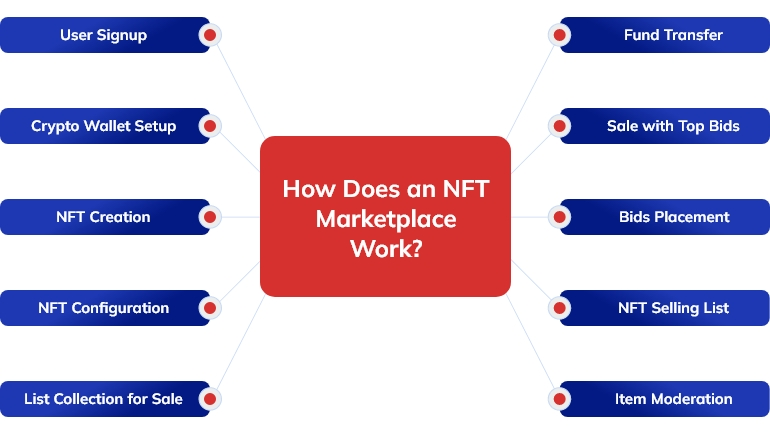
In order to access the marketplace, you must first sign up and link your crypto wallet to that account. You’ll then need to do a few further steps:
- Create an NFT and set the settings to your liking.
- Wait for the moderation process to complete before selling your digital products.
- When auctions take place, buyers place their bids.
- It is possible to transfer cryptocurrencies and digital goods after auctions have ended on the marketplace.
Smart contracts are used in an NFT marketplace to facilitate transactions. These regulations govern the relationship between the supplier and customer. In addition, these smart contracts include information that is linked to an NFT. It’s now easier than ever for anyone to buy and trade tokens.
Why Are NFTs Popular?
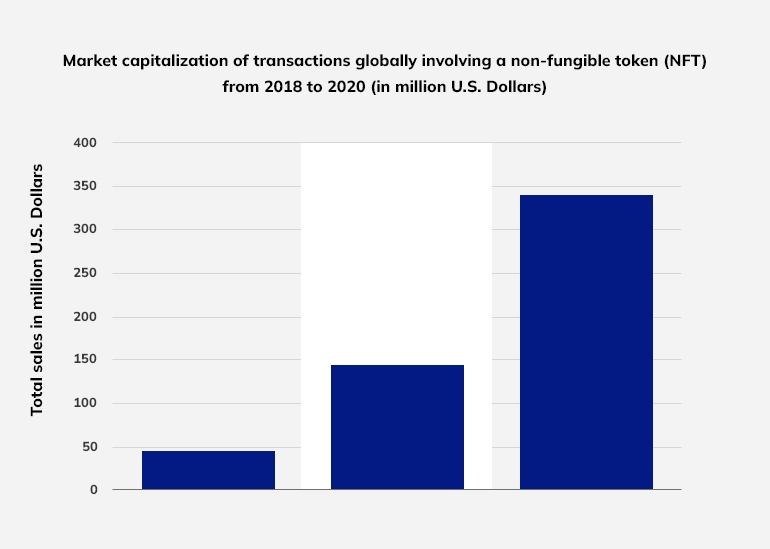
Despite being existing since 2017, NFTs, or non-fungible tokens, truly made their mark on the stage of public attention in early 2020. In the first half of the year alone, NFTs earned $2.5 billion in sales. In order to better understand the future potential of NFTs, let’s take a look at some of the important factors fueling their present popularity.
The Digital World’s Loss Of Ownership
Humans have an intrinsic need to feel in control of their surroundings. Humans have competed over territory and natural resources and engaged in amassing belongings from the beginning of time, even those that have little or no practical use. In some circumstances, the assets are a representation of social rank, while in others; they represent a personal interest or a distinctive aspect of one’s identity.
Pre-internet, content ownership was also possible. Books, CDs, and artworks were acquired by people who could enjoy, sell, or bequeath them without restrictions. That isn’t the case any longer. The terms and conditions of popular channels like social media and streaming platforms make it apparent that the content is not ours when we consume it.
As non-owners, we have little recourse if the host platform decides to take down our favorite content at any time. Even when platforms allow for ownership, it is connected to the site in a centralized manner—you can’t sell a Fortnite skin on eBay.
NFTs Provide An Alternate Ownership Option
Non-Fungible Tokens (NFT) are an alternative paradigm that allows individuals to own digital content, independent of big media platforms’ whims and interests. Sharing and using NFTs between platforms is possible, but the owner retains ownership until they choose to sell them. It’s possible to purchase an NFT of the finest basketball shots of 2021 that you may use on any platform of your preference without any limitations.
An NFT is a one-of-a-kind digital asset because of its built-in blockchain authentication, which serves as evidence of ownership. An NFT’s authenticity may be quickly verified using the Blockchain. For collectors, possessing an NFT might be seen as a status symbol. As far as we know, this isn’t only about showcasing one’s online bragging rights. NFT collectors’ reasons are just as diverse as those of collectors of more tangible art genres. It’s possible that some people are really in love with the piece and want to acquire it, while others see it as a way to make money or attain social standing.
For digital goods, owning an NFT provides the same sense of ownership and permanence that we get from owning real objects. Many people, especially those who are worried about the influence of large media and internet businesses, have found this to be an attractive option.
Covid’s Impact
In times of crisis, individuals began to look for digital alternatives for solidarity, engagement, and meaning. NFTs are a new way to connect with the things we care about without having to leave the comfort of our own homes.
With NFTs, there is no need for brokers or middlemen—buyers are able to directly influence artists, and money is given directly to the creator in a distributed blockchain and transparent manner. Some NFTs allow the mobile app developer to become an active member in their own community, giving privileges such as face-to-face connection, early access, and even the possibility to express an opinion and contribute to the design of the NFT itself.

Market Opportunities
In recent years, NFTs have experienced a tremendous surge in trading volume and users. 2020 saw a 299% increase in NFT investments, while February saw a 2,882% increase in NFT market sales volume. NFTs have seen a rise in interest as a result of the mobile app development of a whole stack of services, including trading platforms, fiat money platforms, marketplaces, and more.
In spite of critics’ claims that the current surge of interest is a bubble, experts say that the technology of NFTs is sturdy enough to withstand a hypothetical crash and will be there for a long time. As per Beeple, the digital artist who just sold his NFTs for over $70 million, the technology has the ability to support anything that has any kind of value.
Because of this, NFTs should see a growth in their value as a technology as more and more companies adopt it. It doesn’t matter whether the type of crypto, NFT, or standard is used to record ownership; adoption is all that matters. NFTs, on the other hand, have the potential to be used outside of the art world as well. The transfer of a V5 logbook when acquiring a car, for example, may be done totally on a blockchain utilizing NFTs.
Other potential uses include legally settled derivatives contracts in resources such as metals, converting into warrants after expiration, and establishing the ‘long’ futures holder’s ownership of the actual commodity. Such warrants can be carried to the central warehouse where the metal is held. At this moment, the metal can be legally owned and physically transported to a new location. There are alternative options, such as bringing the warrant into the bank to raise cash against its value or exchanging it for a more convenient warrant elsewhere.
Despite the fact that these are just a few of the many recent launches and discussions, the growing interest in NFTs makes a solid argument for the adoption of token-based trading in the long term. This technology has the potential to revolutionize how we see ownership in the same way that internet technology revolutionized communication and commerce.
Art adoption is being propelled by tech-savvy folks as other sectors like music and sports participate in the bandwagon. Using tokens to represent, transfer, and exchange one-of-a-kind assets is quickly becoming the preferred method. Digital assets are here to stay, and what we’re seeing now is only the beginning of NFT trading.
Top Features To Include In An NFT Marketplace App
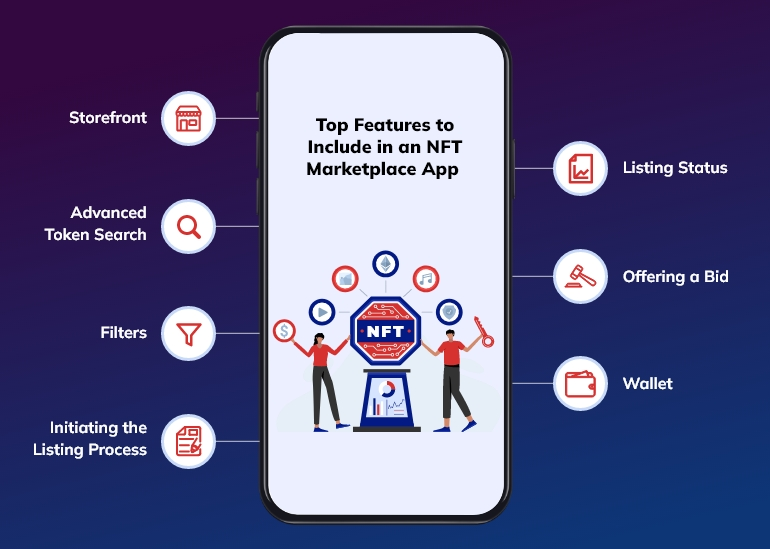
The following are some of the features that may be added to an NFT marketplace application by a mobile app development company:
Storefront
It’s the main selling point. It should include bids, previews, owners, pricing history, and other information.
Advanced Token Search
Consumer should be able to access the information they need quickly and easily, with the least amount of effort. NFT marketplaces need to categorize products based on certain characteristics. Customer satisfaction is boosted with a simple search.
Filters
This feature is similar to the last one in that it aims to make it easier for customers to find the proper product. All offers should be broken down into a number of categories that are relevant to most buyers. It might be anything from the most recent products, to the most popular, to the hottest deals. Buying things will be more likely if users are able to find them more quickly.
Initiating The Listing Process
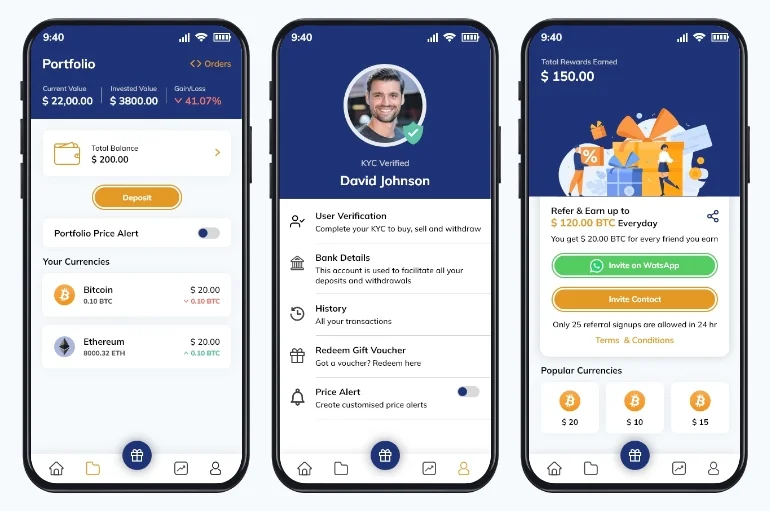
Customers should have the ability to design and send their own collectibles. Allow them to do so swiftly and easily. Create a page where buyers may upload a file and type in the item’s info. The title, tags, and description must be included in the post.
Listing Status
A benefit to those who sell items and have passed item verification processes is that they will be eligible. It lets you monitor the progress of the verification process. This function may be used to verify the authenticity of collectibles.
Offering A Bid
For every e-commerce enterprise, making it possible to both buy and bid on products is essential. Flexible pricing and the ability to avoid paying the full price of a collection are two factors that draw in more customers. Bidding is a great way to spend time with friends. An auction feature should have an expiration date added to it. Those who have registered should be able to check the current status of their bids. Having this information will assist them to determine whether or not they want to purchase the property or keep making fresh bids. An auction watchlist is a stand-alone tool with a lot of utility.
Wallet
Non-fungible tokens need a safe place to be received and stored by users. When it comes to protecting your money, there are certain alternatives that are better than others. In order to ensure that tokens may be saved and submitted without concern, the NFT market service needs an initial wallet. To avoid making your customers sign up for several internet wallets, create a “native” wallet and offer it to them. Put the needs of your customers first.
Read Also: A Comprehensive Guide For EWallet Application Development
There is no need to start from scratch with a wallet. Consider solutions like Formatic or Coinbase for integrating your service. Make a list of the most popular wallets and include them in your platform. Make it as easy as possible to save, submit, and get tokens.
Ratings
If a user is just getting started, he may not know where to begin, what the system is like, or how to quickly choose products. Checking one’s rating to see if others think the merchant to be a trustworthy one may suffice. Ratings on the site allow users to give comments based on the opinions of others. It will allow others to assess the credibility of each individual user. Rewards should be given to users who have received the most positive feedback.
Things To Consider When Building An NFT Marketplace
Please make sure that when you hire a mobile app development team, they should take into account the following considerations:
Transparency
It is essential that your NFT marketplace be transparent in order to let consumers to see all transactions. An error-free payment process is ensured by the Blockchain network, which guarantees a smooth transaction experience.
Security
An NFT marketplace’s ability to facilitate the exchange of tokens between traders is a valuable feature. Trades should be protected by built-in security, which prevents them from losing money and doing other needless duties.
Decentralization
It enables you to duplicate and distribute all of your data across many Blockchain networks. When a new block is added to the network, the Blockchain is updated to allow for modifications.
The Model For Monetizing
When developing an NFT marketplace, you should think about this point. OpenSea, for example, does not impose a listing fee. However, the platform deducts 2.5 percent off the product’s price while it’s being sold on the platform.
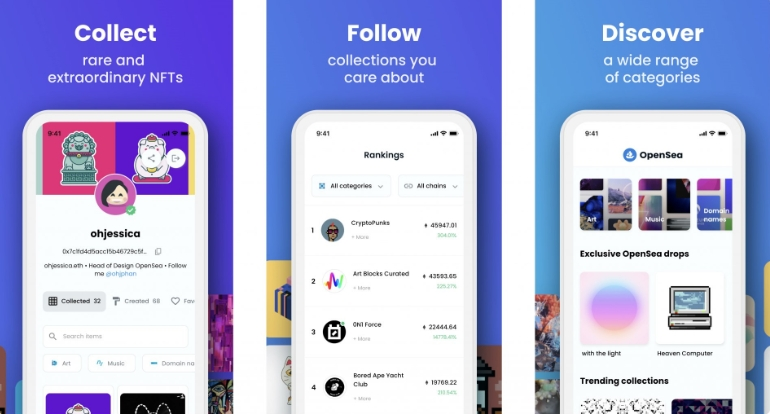
Smart Contracts
Initiating smart contracts does not necessitate the payment of any fees. Online signatures can help avoid fraud and cut down on the number of people involved in a transaction.
How To Build An NFT Marketplace?
Aim For A Specific Audience
Experts advise placing bets on vertical markets rather than horizontal ones. It indicates that its members are committed to providing goods and services that meet the standards and expectations of a certain segment of the market. Amazon and eBay aren’t the finest examples because they’re horizontal vendors, offering everything to everyone.
Your Project And Design Should Be Well Defined
Project documentation is the first stage in platform building. If you don’t have any documentation, you risk squandering time in the future. Documentation for in-house employees isn’t necessary as much as it is for offshore workers.
Move To Development
To put your design into action, you first need to complete the conceptualization phase. The framework that best fits your objectives should be chosen. Some may consider employing a professional NFT developer in order to ensure high performance and trustworthiness. Using them can save time and money.
Apply The Token Generator For Smart Contracts
The back-end development of an NFT marketplace is distinct. There is a great deal of trust in the blockchain. Internal logic should be transferred to a decentralized section of an application in order to make it decentralized.
Examine And Deploy
The final and most crucial step is testing and deploying the product. It’s all about finding and addressing any potential problems. An evaluation of your project’s software helps to ensure that it performs as expected. To ensure that the platform continues to operate at its best, post-launch support is essential. Release the service only after thoroughly testing its functionality. This is a crucial step in establishing your credibility and delivering high-quality results.
How Much Does It Cost To Create An NFT Marketplace?
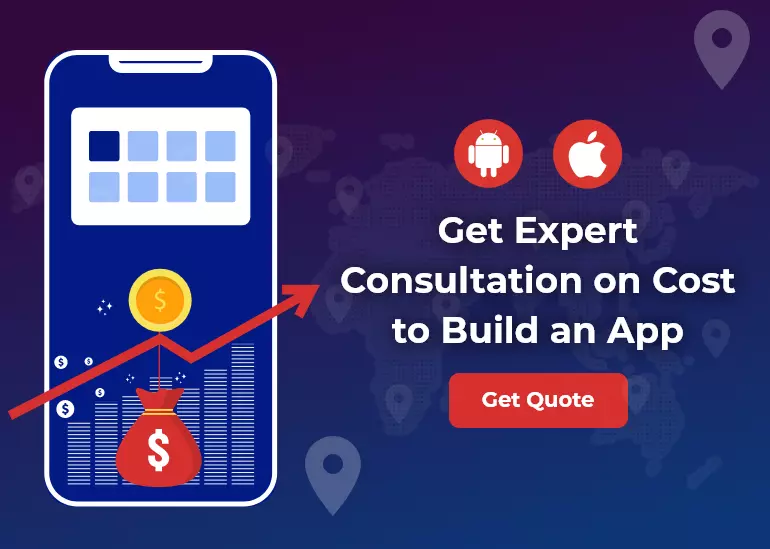
Those on a tight budget will find this question particularly relevant. Your ultimate pricing is influenced by the amount of work required to finish the work. The platform you chose for your NFT project is another element that affects the cost. The OpenSea SDK or a bespoke Ethereum-based solution can be used for this purpose.
The cost of ready-made tools may be more, but they are more efficient and save time. Individual estimates are required when developing a completely customized product.
If you want to save money and effort, you can choose and adopt a premade template. For your safety and comfort, it is already set up and ready for you to use.
Services that specialize in NFT mobile app development will be more expensive. Their expertise will create a user flow, incorporate features, and deliver a completed product on a blank page.
Another consideration is the degree of complexity. How many new features are you planning on implementing? Why not make things as simple as possible? Functionality increases the price.
It’s possible that this will take more than 900 hours to complete. There is a starting price of $5,000 to develop a platform like this.
Eastern European developers offer lesser rates yet meet all quality criteria, whereas the US and Western European developers charge the most for NFT marketplace development. As a last point, the cost of each project relies on the specific needs and expectations of the client and the team.
Conclusion
The Metaverse’s arrival into the business will assist you in the near future by establishing your NFT Marketplace. The popularity of NFT appears to be increasing in the present day. When it comes to trading cards or works of art, there will always be enthusiasts who will go to great lengths to complete their collections. Considering the present state of the digital revolution, launching an NFT platform or NFT app is a brilliant idea.



